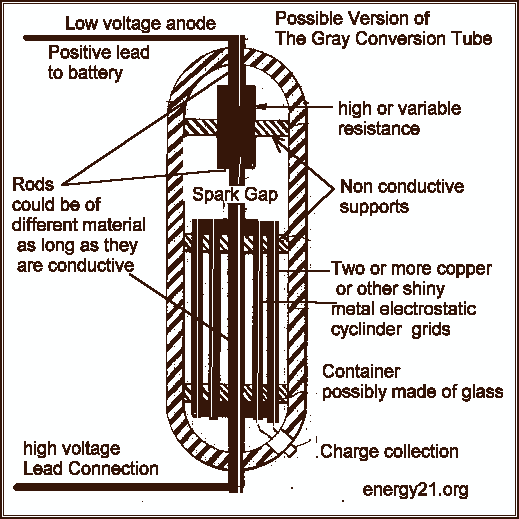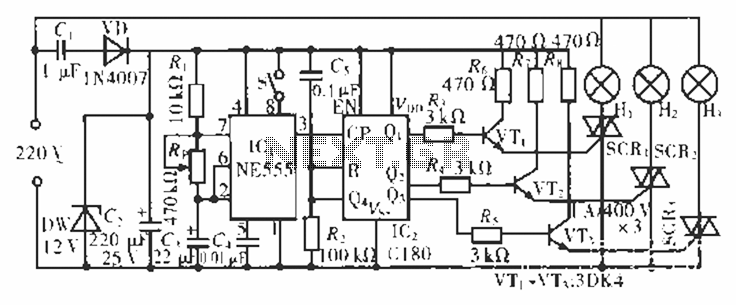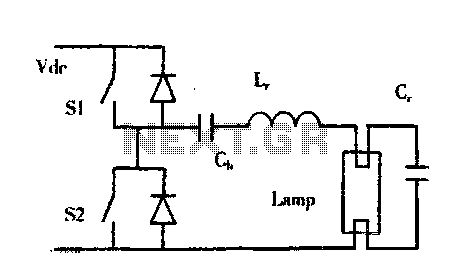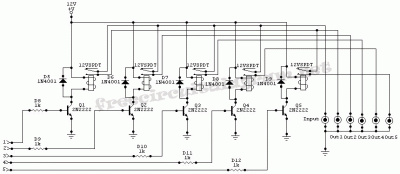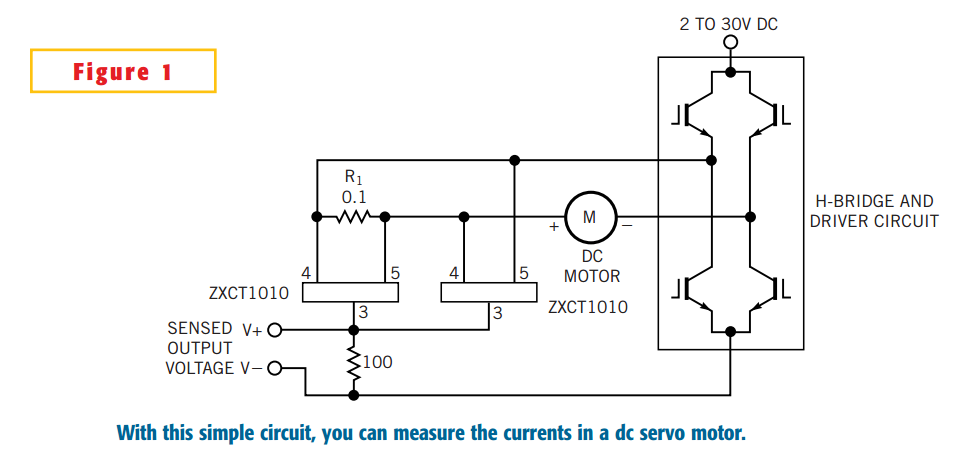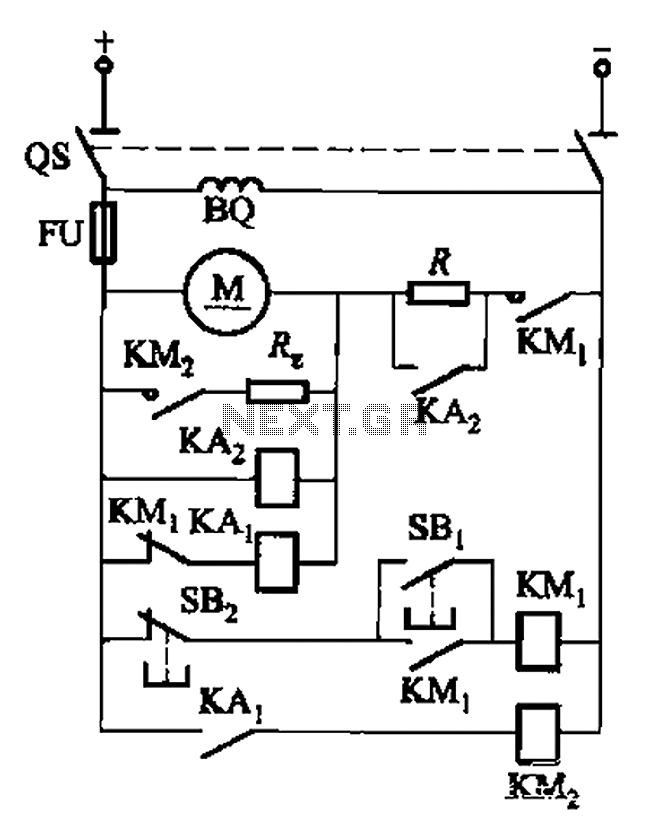
Transducer amplifier circuit
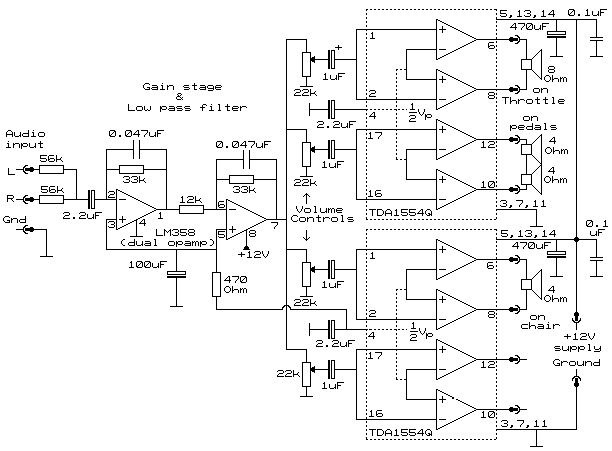
The power requirements for driving light aircraft flight simulator transducers are relatively low, approximately 20W (real Watts, RMS power). It is essential to ensure that the amplifier circuit has adequate low-frequency bandwidth. Single-ended amplifiers with capacitive coupling between the amplifier and speaker would necessitate very large capacitor values to achieve 5Hz. Amplifiers with direct coupling between the amplifier and speaker are preferred. Options include amplifiers that have positive and negative supplies driving a speaker to a ground reference or a Bridge Tied Load (BTL) structure, where the speaker is connected between two amplifiers with opposite polarity. BTL is the simplest option in terms of supply and components. Constructing small power amplifiers is straightforward with the currently available integrated circuit (IC) amplifiers, which require minimal external components, come with various built-in protections, and are cost-effective. Manufacturers such as SGS-Thompson, Philips Semiconductors, and National Semiconductors offer suitable products. The Philips TDA1554Q was utilized for the transducers, configured in BTL mode with two channels. To allow for separate volume adjustments for each transducer function, two ICs were employed, resulting in one unused channel, which could be used for driving a separate subwoofer. Since subwoofers and transducers do not require stereo information, the left and right channels were mixed, followed by the addition of a low-pass filter stage and dedicated volume adjustment for each transducer. The TDA1554Q is a Class B output amplifier containing four power amplifiers in a single 17-pin plastic power package. For specifications and similar devices, refer to the Philips Semiconductors website and search for "TDA1554Q." Pins 9 and 15 are not connected, while the other pins should be connected as indicated. The capacitors on the supply side (470µF and 0.1µF) should be placed close to the IC. It is important to note that electrolytic capacitors have polarity. Although the amplifier outputs and speakers also have polarity, the connection does not significantly affect performance due to the transducers being in separate areas. For volume potentiometers, PCB-mounted types were utilized, rather than wired to the front panel. If wired to the front panel, shielded cable must be used (ground = shield). A gain stage was necessary because the sound card (Sound Blaster 16) lacked sufficient output signal to fully drive the output amplifier, which has a gain of 26 dB (20x). The maximum power each transducer receives from the amplifier depends on the amplifier supply voltage (doubling the voltage increases power by approximately four times) and speaker impedance (doubling the impedance decreases power by approximately half). With a supply voltage of +12V and the specified speaker impedance, the 4 Ohm chair speaker receives approximately 15W maximum, the 8 Ohm throttle speaker receives about 8W maximum, and each 4 Ohm pedal speaker receives about 4W maximum (as they are in series). The 12V supply must be capable of delivering a maximum of approximately 4 Amps. A 70W switch-mode power supply "brick," typically used for notebooks, was utilized, as they are becoming more affordable and are generally short circuit proof. If a higher gain output amplifier (around 45 dB) is used, the gain stage can be omitted and replaced with a simple passive low-pass filter, provided the sound card output has a reasonably low output impedance (<100 Ohm), as most sound cards are capable of driving headphones. The passive low-pass filter rolls off at 60Hz. This circuit was not constructed due to the unavailability of the TDA1557Q IC, but it is expected to function correctly. For specifications, refer to the Philips Semiconductors website mentioned earlier. Note regarding the supply capacitor (470µF) for each IC: if an ordinary transformer with a diode bridge is used instead of a switch-mode power supply "brick," the capacitor value must be significantly increased, approximately 2200µF/25V type per IC. All circuits are built on experimental boards, arranging components logically and connecting them with solder for adjacent pads or 0.3mm wire.
The described circuit focuses on driving transducers for light aircraft flight simulation, emphasizing the importance of low-frequency response and efficient power management. The choice of using BTL configuration with the TDA1554Q amplifier allows for effective utilization of space and components while providing adequate power output for various transducer types. The circuit design incorporates a low-pass filter to ensure that higher frequency signals do not interfere with the operation of the transducers, which are primarily designed to reproduce low-frequency effects. The volume control mechanism is also tailored to allow for individual adjustments, enhancing the user experience by providing flexibility in sound output.
The power supply considerations are critical, as the circuit requires a stable 12V supply capable of delivering sufficient current to meet the demands of the transducers. The use of a switch-mode power supply provides an efficient and compact solution, minimizing heat generation and maximizing reliability. The design also takes into account the need for proper grounding and shielding, particularly when connecting volume potentiometers to minimize noise and interference.
In summary, the circuit design is a well-thought-out approach to driving flight simulator transducers, balancing performance, component availability, and user adjustability while ensuring that the power supply meets the necessary demands for optimal operation.The power requirements for driving light aircraft flightsim transducers is not so high; about 20W (real Watts, RMS power). Attention has to be paid to the amplifier circuit to make sure that the amplifier has sufficient low frequency bandwidth.
Single ended amplifiers with capacitive coupling between amplifier and speaker would require very large capacitor values to reach 5Hz. Amplifiers with direct coupling between amplifier and speaker are preferred. You can either go for amps that have + and – supply that drive a speaker to ground reference, or you can choose Bridge Tied Load (BTL) structure, where the speaker is connected between two amps, where the amps have opposite polarity. BTL is most easy, supply- and component-wise. Building small power amplifiers is very easy with currently available IC amplifiers. They require very few external components, have various protections build-in and are cheap. You can choose from SGS-Thompson, Philips Semiconductors, National Semiconductors to name a few. For my transducers I used Philips TDA1554Q which in BTL configuration has two channels. As I wanted to adjust the "volume" of each transducer function separately, I used 2 IC ’s, leaving me with one unused channel.
(You could use this channel for driving a separate subwoofer). Subwoofers and transducers do not really need stereo information, so I mixed Left and Right together, added a low pass filter stage and then dedicated volume adjustment for each transducer. The TDA1554Q is a class B output amplifier, with 4 power amps in one 17 pin plastic power package. Manufacturer: Philips Semiconductors. Go to and type "TDA1554Q" in the search box. You will also be able to find all similar devices. Pins 9 and 15 are not connected. Connect the other pins as shown. Capacitors on the supply (470uF and 0. 1uF) need to be close to the IC. Keep in mind that the electrolitic capacitors have polarity (see top one). Although the amp outputs and speakers have polarity as well, it does not make a difference how you connect them, as transducers are on separate areas anyway, so do not cancel.
For the volume potmeters, I used the PCB mounted type, not wired to the front. If you wire them to a front panel, you need to use shielded cable. (Ground = shield) I needed the gain stage as my sound card (Sound blaster 16) did not have sufficient output signal to fully drive the output amplifier, which has a gain of 26 dB (20x). The max power that each transducer can receive from the amplifier depends on the amplifier supply voltage: (2x higher voltage is about 4x higher power) and speaker impedance: (2x higher impedance is about 2x lower power).
With supply voltage +12V and speaker impedance shown, the 4 Ohm chair speaker receives about 15W max, the 8Ohm throttle speaker about 8W max, and each 4 Ohm pedal speaker about 4W max (they are in series). The 12V supply needs to be able to deliver about 4 Amps max. I used a 70W switch mode power supply "brick" as used for notebooks. They are getting cheap, and are (mostly) short circuit proof. If you use a higher gain output amplifier, (45dB or so), the gain stage can be omitted, and replaced by simple passive low pass filter as shown below.
This assumes a sound card output with reasonably low output impedance (<100 Ohm, most of them are able to drive headphones, so should be OK) The passive low pass filter rolls of at 60Hz. I did not build this circuit as I could not get the TDA1557Q IC, but it should work. For IC spec, go to the Philips Semiconductors web site mentioned earlier. Note on the supply capacitor (470uF) for each IC: If you don ’t use a switch mode power supply "brick" but ordinary transformer with diode bridge, the capacitor value needs to be increased dramatically, about 2200uF/25V type per IC. All of my circuits are build on experiment boards, placing the components in a logic fashion and connecting them with solder (for adjacent pads) or 0.
3m 🔗 External reference
The described circuit focuses on driving transducers for light aircraft flight simulation, emphasizing the importance of low-frequency response and efficient power management. The choice of using BTL configuration with the TDA1554Q amplifier allows for effective utilization of space and components while providing adequate power output for various transducer types. The circuit design incorporates a low-pass filter to ensure that higher frequency signals do not interfere with the operation of the transducers, which are primarily designed to reproduce low-frequency effects. The volume control mechanism is also tailored to allow for individual adjustments, enhancing the user experience by providing flexibility in sound output.
The power supply considerations are critical, as the circuit requires a stable 12V supply capable of delivering sufficient current to meet the demands of the transducers. The use of a switch-mode power supply provides an efficient and compact solution, minimizing heat generation and maximizing reliability. The design also takes into account the need for proper grounding and shielding, particularly when connecting volume potentiometers to minimize noise and interference.
In summary, the circuit design is a well-thought-out approach to driving flight simulator transducers, balancing performance, component availability, and user adjustability while ensuring that the power supply meets the necessary demands for optimal operation.The power requirements for driving light aircraft flightsim transducers is not so high; about 20W (real Watts, RMS power). Attention has to be paid to the amplifier circuit to make sure that the amplifier has sufficient low frequency bandwidth.
Single ended amplifiers with capacitive coupling between amplifier and speaker would require very large capacitor values to reach 5Hz. Amplifiers with direct coupling between amplifier and speaker are preferred. You can either go for amps that have + and – supply that drive a speaker to ground reference, or you can choose Bridge Tied Load (BTL) structure, where the speaker is connected between two amps, where the amps have opposite polarity. BTL is most easy, supply- and component-wise. Building small power amplifiers is very easy with currently available IC amplifiers. They require very few external components, have various protections build-in and are cheap. You can choose from SGS-Thompson, Philips Semiconductors, National Semiconductors to name a few. For my transducers I used Philips TDA1554Q which in BTL configuration has two channels. As I wanted to adjust the "volume" of each transducer function separately, I used 2 IC ’s, leaving me with one unused channel.
(You could use this channel for driving a separate subwoofer). Subwoofers and transducers do not really need stereo information, so I mixed Left and Right together, added a low pass filter stage and then dedicated volume adjustment for each transducer. The TDA1554Q is a class B output amplifier, with 4 power amps in one 17 pin plastic power package. Manufacturer: Philips Semiconductors. Go to and type "TDA1554Q" in the search box. You will also be able to find all similar devices. Pins 9 and 15 are not connected. Connect the other pins as shown. Capacitors on the supply (470uF and 0. 1uF) need to be close to the IC. Keep in mind that the electrolitic capacitors have polarity (see top one). Although the amp outputs and speakers have polarity as well, it does not make a difference how you connect them, as transducers are on separate areas anyway, so do not cancel.
For the volume potmeters, I used the PCB mounted type, not wired to the front. If you wire them to a front panel, you need to use shielded cable. (Ground = shield) I needed the gain stage as my sound card (Sound blaster 16) did not have sufficient output signal to fully drive the output amplifier, which has a gain of 26 dB (20x). The max power that each transducer can receive from the amplifier depends on the amplifier supply voltage: (2x higher voltage is about 4x higher power) and speaker impedance: (2x higher impedance is about 2x lower power).
With supply voltage +12V and speaker impedance shown, the 4 Ohm chair speaker receives about 15W max, the 8Ohm throttle speaker about 8W max, and each 4 Ohm pedal speaker about 4W max (they are in series). The 12V supply needs to be able to deliver about 4 Amps max. I used a 70W switch mode power supply "brick" as used for notebooks. They are getting cheap, and are (mostly) short circuit proof. If you use a higher gain output amplifier, (45dB or so), the gain stage can be omitted, and replaced by simple passive low pass filter as shown below.
This assumes a sound card output with reasonably low output impedance (<100 Ohm, most of them are able to drive headphones, so should be OK) The passive low pass filter rolls of at 60Hz. I did not build this circuit as I could not get the TDA1557Q IC, but it should work. For IC spec, go to the Philips Semiconductors web site mentioned earlier. Note on the supply capacitor (470uF) for each IC: If you don ’t use a switch mode power supply "brick" but ordinary transformer with diode bridge, the capacitor value needs to be increased dramatically, about 2200uF/25V type per IC. All of my circuits are build on experiment boards, placing the components in a logic fashion and connecting them with solder (for adjacent pads) or 0.
3m 🔗 External reference
